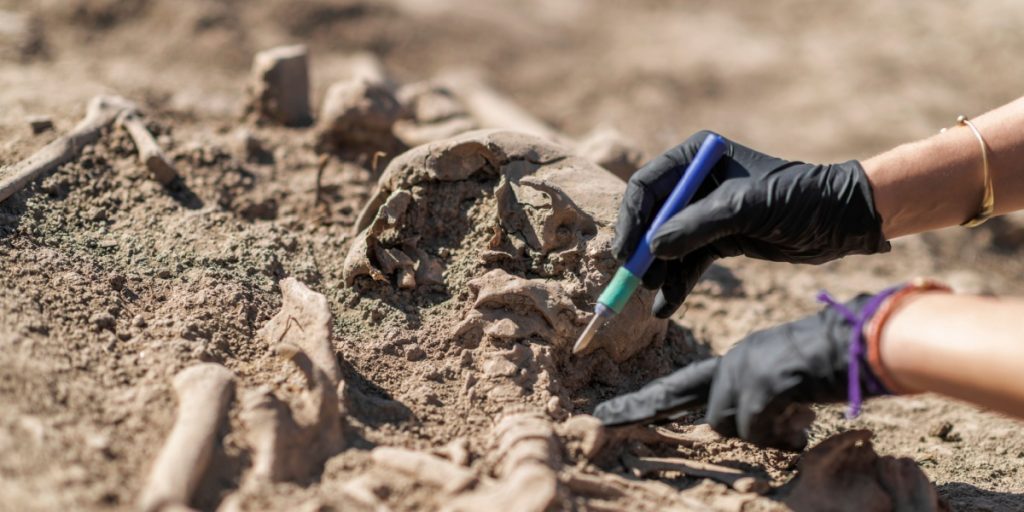New Finds in Israel Point to Long-Distance Trade 1,500 Years Ago
Others are reading now
People have been living in the Negev Desert for thousands of years. One of the ancient cities in this area was Tel Malḥata, near today’s Arad Valley in southern Israel.
Archaeologists have been digging there since 1967. The site was home to a fortified settlement that dates back around 4,000 years.
It remained inhabited through the Roman-Byzantine period, up until the 7th century AD, according to Historienet.
The city sat at a crossroads between two major trade routes. These roads led to the port cities of Aila and Gaza.
Also read
Tel Malḥata saw many travelers, goods, and cultures pass through. Now, new discoveries add even more depth to the story of this ancient place.
A joint team from the Israel Antiquities Authority and the University of Cologne recently found something unusual.
They uncovered five small carved human figures in a grave. Two of these figures stood out.
They were made from ebony, a rare and valuable wood imported from India or Sri Lanka.
These two carvings are small. One shows a woman’s head. The other is a bust of a man with long hair.
Each figure is only 1.5 centimeters tall. They may have held cultural or personal meaning.
Perhaps they represented ancestors. Or maybe they were used in local traditions or rituals.
The figures were found in a grave with a woman aged between 20 and 40 years old.
A child between six and eight was buried with her. Both were laid to rest on their backs with their heads facing west.
This fits with Christian burial customs from around 1,500 years ago.
Three of the figures were made from bone. The two carved in ebony had facial features that appear African.
Researchers believe the woman and child may have come from Egypt or the Horn of Africa.
These discoveries suggest that Tel Malḥata was not just a remote outpost. It was a place where cultures met.
People, stories, and traditions all passed through. The objects left behind help tell the story.


